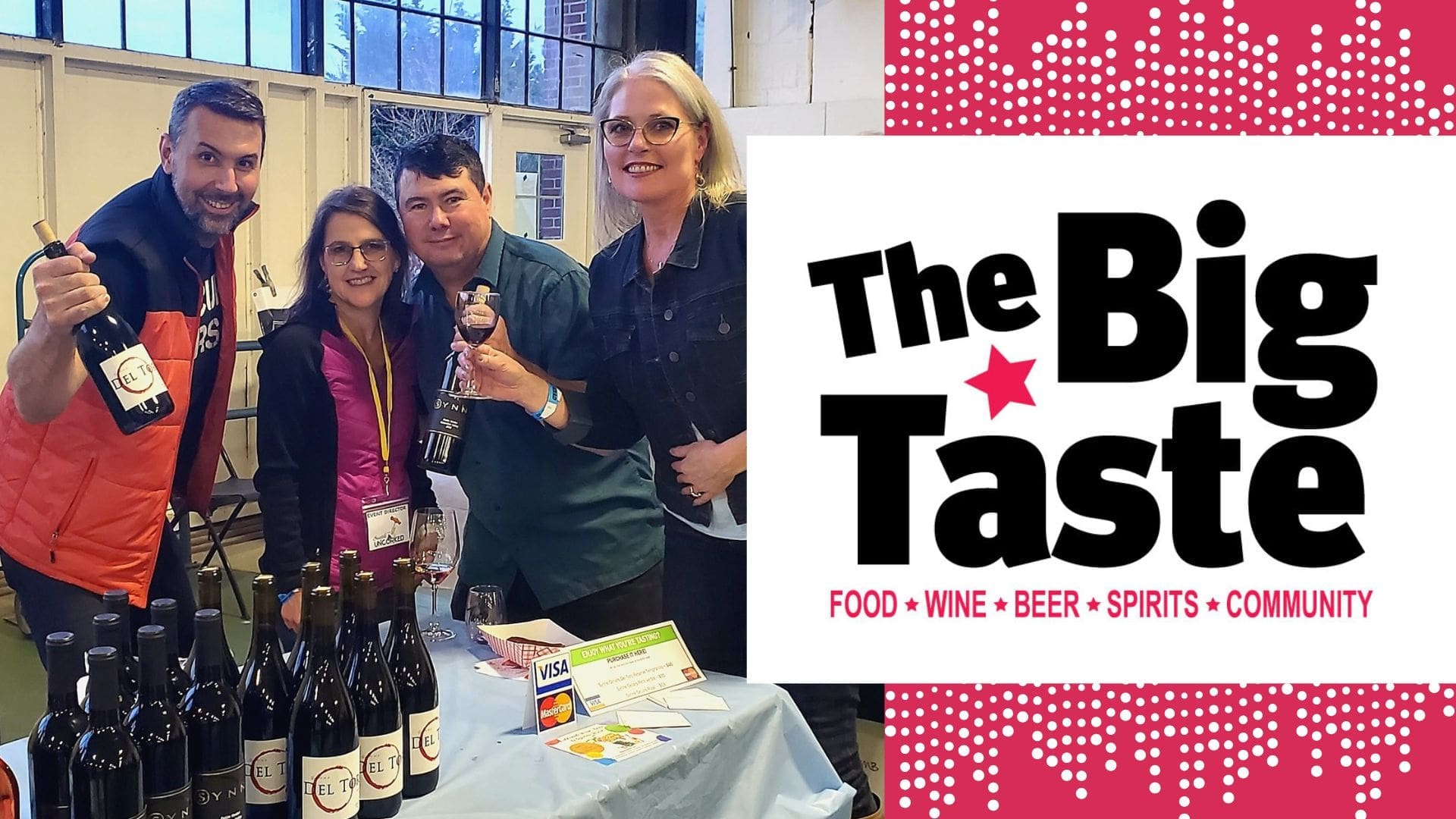Reputations are hard to change. That goes for wineries as much as for people, and for the ones in the Northwest who might not be happy with how they’re viewed, figuring out a way to change people’s previously held notions can be a bit difficult. Sometimes it takes more than just a new label or a fancy new tasting room: it requires figuring out why exactly you’re making wine in the first place.
Passion or pennies? In the early days of the Northwest wine industry, those who got involved were doing so because they had a genuine passion for making wine. The degree of difficulty was high, the market was virtually non-existent, and the knowledge base for which grapes to grow and how to grow them was tissue-thin. As the industry has grown, much of that has changed, and wineries that might have once existed mostly to satisfy intellectual curiosity or creative zeal are now businesses, where dollars and cents matter more than making the best wine possible.
Find a happy medium. Frankly, that’s not the worst thing in the world. For all of my love of wines that show a sense of place and are meticulously made, it’s undeniable that if we want good everyday drinking wine made locally, sold at a reasonable price, there has to be a certain commodification of the process. The issue is, when a winery that for years has been making wine based mostly around what’s profitable wants to change its image, how should it do so?
Identify resources. The first step is looking at the resources at hand and figuring out how to best deploy them. In many cases, these wineries have older blocks of vines that could be highlighted, instead of blended in with juice from newer plantings to bolster it. While treating individual blocks differently by varying the way the grapes are grown, picked, pressed, and aged can be pricier than doing everything the same, it’s the foundation to making wines of exceptional quality. Older vines simply require different treatment and care than younger ones, and wineries that want to improve their wine would do well to embrace that idea.
Set reasonable goals. Similarly, many of these wineries would do well to think long and hard about what exactly it is they do well. No winery can make an endless number of wines, at least not if they want to do it well. Unfortunately, many attempt to make far more than is reasonable, and that’s another barrier to ensuring quality. As an example, several winemakers have told me that they make white wines simply because they need a “white dinner wine,” something they can serve in that setting – even if they’re not personally interested in making it.
In the end, it comes down to focus. Many of the commercial wineries in the Northwest have lost the focus that was the basis of their founding. If they want to return to a place of prominence and importance, they’d do well to find it again.











